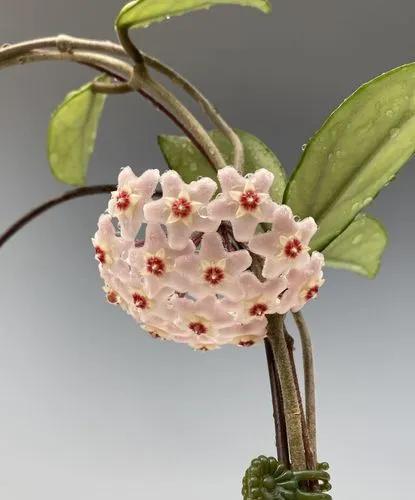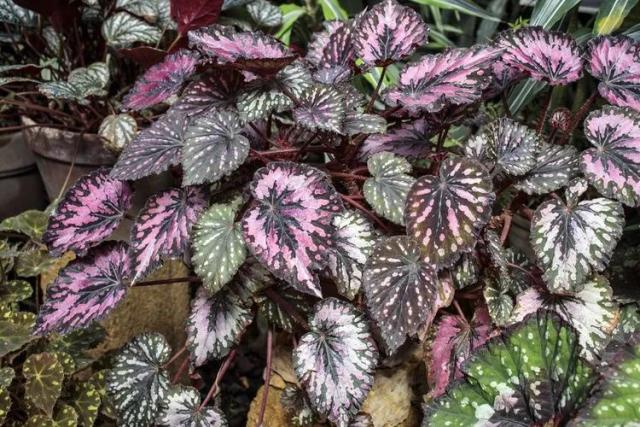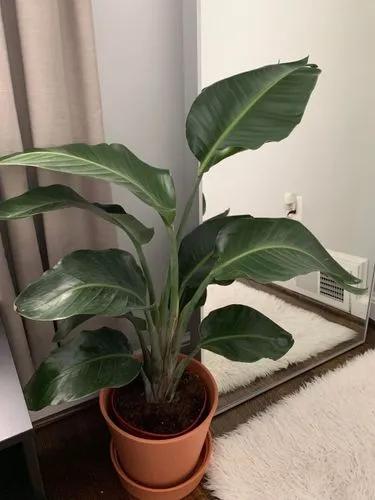Hyacinthoides hispanica (syn. Endymion hispanicus or Scilla hispanica), the Spanish bluebell, is a spring-flowering bulbous perennial native to the Iberian Peninsula. It is one of around 11 species in the genus Hyacinthoides.
Spanish bluebell Care
Hyacinthoides hispanica



Hyacinthoides hispanica is distinguished from the common bluebell by its paler and larger blue flowers, which are less pendulous and not all drooping to one side like the common bluebell; plus a more erect flower stem (raceme), broader leaves, blue anthers (where the common bluebell has creamy-white ones) and little or no scent compared to the strong fragrant scent of the northern species. Like Hyacinthoides non-scripta, both pink- and white-flowered forms occur. The Spanish bluebell is cultivated as a garden plant.
How to Care for the Plant

Water

Water the bulbs after planting, and water about an inch per week to keep the soil moist. In fuller sun, more water may be needed. Moist conditions early in the growing stages will result in more blooms. Allow the soil to dry out some during the summer months while the plant is dormant.

Fertilizer

Fertilize once a month with a general purpose fertilizer according to the package instructions during the growing period. Alternatively, you can use a slow release fertilizer once the plant emerges that will last several months.

Sunlight

Choose a spot in full sun or partial shade.

Soil

This plant prefers well-drained soil. Prepare soil with compost before planting. Work the compost into the top few inches of soil with the trowel. Add sand or vermiculite to the soil to improve drainage, if necessary.

Temperature

The plant can be grown in the areas with the lowest winter temperatures between -40°F and -30°F or -40°C and -34.4°C.

Popularity

1,008 people already have this plant 226 people have added this plant to their wishlists
Discover more plants with the list below
Popular articles






